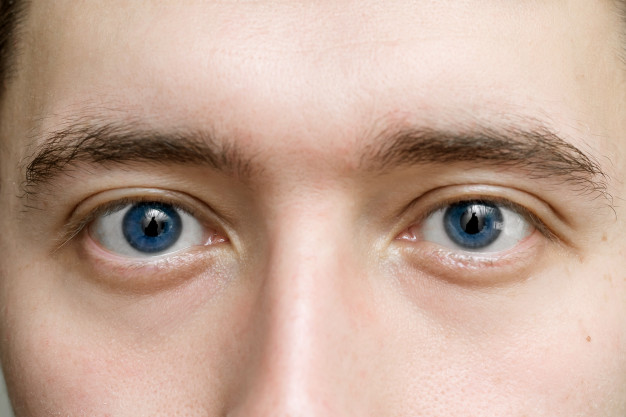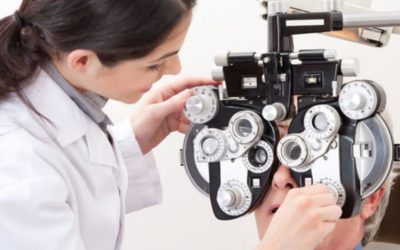How Does The Retina Get Its Blood Supply?
Interruptions in the blood supply to the retina can cause a variety of conditions that we commonly treat here in our clinic. Understanding how the retina gets its blood supply can help to understand how these conditions arise and what treatments may help.
The blood supply to the retina has some very interesting features.
Much Of The Eye's Blood Supply Comes From The Inner Side Of The Retina
The central retinal artery brings fresh blood into the eye. It runs through a narrow channel inside of the optic nerve, entering the back of the eye. A branching network of arteries then spreads out from this artery across nearly all parts of the retina.
These blood vessels spread across the inner surface of the retina, and can be seen when an eye doctor looks into the eye through the pupil. Light passes through these vessels before being detected by the retina.
People sometimes find it surprising that much of the retina's blood supply is on the inside of the eye, but the brain is very good at ignoring the movement of blood through these vessels, and they're widely spaced enough to allow for vision. For most of the retina, the small detriment to visual acuity from the blood vessels is not enough to be a problem.
The Macula Doesn't Have Blood Vessels On Its Inner Surface
This network of blood vessels serves nearly all of the retina. In most parts of the retina, the loss of visual acuity due to the presence of blood vessels doesn’t cause a significant problem. However, the exception is the area known as the macula. This is the part of the retina that has the ability to see very fine detail, allowing reading, facial recognition, and other important functions. In this small area, there are no blood vessels on the retina's inner surface.
This lack of blood vessels is helps to allow the macula to have much sharper vision than other parts of the retina. A very dense network of capillaries, or tiny blood vessels, surrounds the macula and helps to supply the cells there with blood. There is also another blood supply for these cells.
There Is Also Blood Supply On The Outer Side Of The Retina
The retina also receives nutrients and oxygen through a network of blood vessels known as the choroid. The choroid is located in the wall of the eye, so it’s toward the outside of the eye from the retina. It’s supplied by a series of arteries known as the posterior ciliary arteries, which enter the back of the eye outside of the optic nerve.
Because the macula doesn't have arteries on its inner surface, it's more dependent than other parts of the retina on blood supply from the choroid. This is why retinal detachment can have such a profound effect on the macula. During a retinal detachment, the retina separates from the choroid. Because the macula is so dependent on this particular blood supply, it is quickly affected by retinal detachment.
Looking For A Retinal Specialist In El Centro, La Mesa, Chula Vista, Or National City?
The retina is a very complex area of the body, which is why it takes a specialist to provide the best care for conditions of the retina. For those looking for a retinal specialist El Centro, La Mesa, Chula Vista, or the surrounding areas near San Diego, our team offers specialized care for patients with conditions of the retina, giving you the best chance of keeping your vision for life. Please contact our office to schedule an appointment.




0 Comments